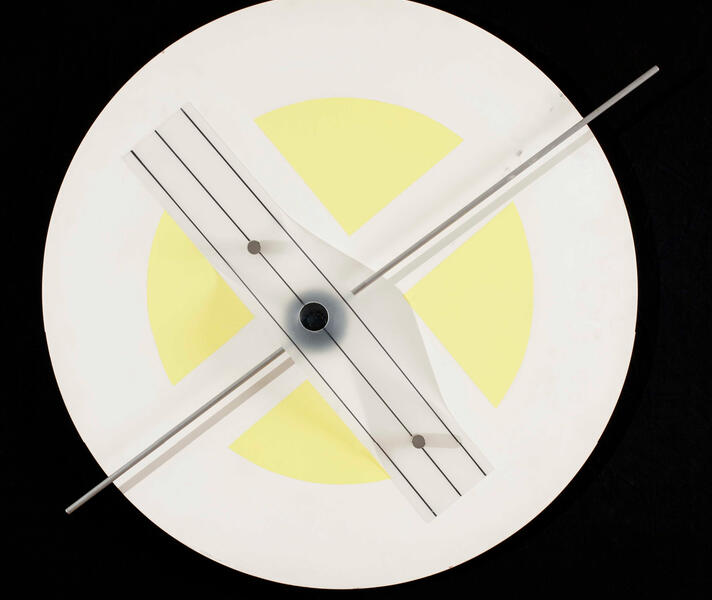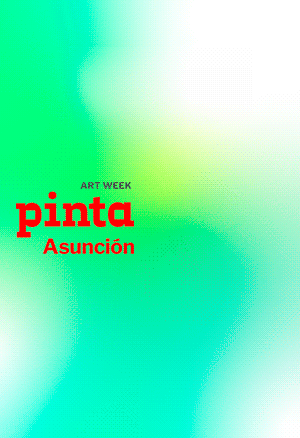Carmelo Arden Quin
MEC Museo Provincial de Bellas Artes Emilio Caraffa, Córdoba
The political tensions between Argentina and Uruguay resulting from the establishment of a paper mill on a border river represent the worst of the civilization of the Río de la Plata region: pollution, antifraternal offences and unrest. Carmelo Arden Quin’s retrospective exhibition, La Invención Lúdica (The Ludic Invention), delicately curated by Patricia Avena Navarro, portrays the complete opposite in terms of the Argentina/Uruguay relationship: a transfluvial itinerary of color, forms and inventiveness.

For the first time, the river brings this giant of the history of art to the city of Córdoba, to the Caraffa Museum, escorted by the local artist Oscar Brandán, and by Rodrigo Fierro, recently distinguished with a First Prize at the local Salon, among others.
The intensity of the work of the Uruguayan artist, a naturalized citizen of Argentina, is dense but bearable. And it is universal. His old age is as controversial as the shapes of his works, and although he draws etymologically on Joaquín Torres García, he is imbued with the cheerfulness typical of the Candombe, which has the musicality that the master included in the aesthetic guidelines of the MADI movement which he himself had founded.
Entering the Museum’s exhibition halls is an exercise of putting on headphones. But over one’s eyes, insofar as it is rhythm and colors that organize the tuning of the gaze in the melodic personal universe of one of the most important artists of the Southern Cone.
Many have spoken of “a geometric painter”, but it would be more accurate to consider him a musical painter, an artificer of the collective “Grupo de Arte Concreto Invención” that mocked square paintings and parallel frames. If one wishes to behold the music, one must bear in mind that Carmelo’s windows are different, because this poetry needs its own frame.
On the year of his centenary, the work of this revolutionary of the brush and of multicolored rhythms, who was a companion of Gyula Kosice and Enio Iommi, emits its own frequency. The fact is that it would be impossible for any person to be a follower of Mondrian, grow up with Torres García, have tea at Grete Stern’s house and dinner with Le Parc and not become a ground-breaking composer, an architect, an inventor of colors, rhythm, and libertines.
Independently of forms and commitments, the inventor would declare: “Neither expression (primitivism) nor representation (realism), nor symbolism (decadence). INVENTION.”





